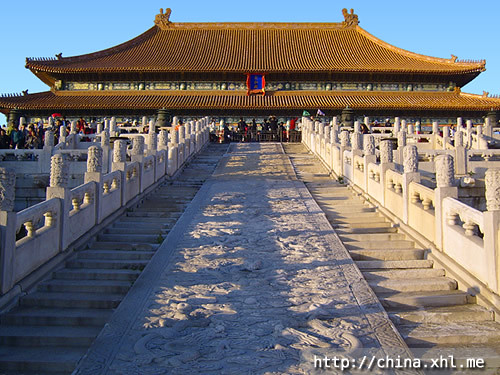The Summer Palace
Written by china guide May 2nd, 2010 No Comments Category: China Destinations
The Summer Palace(Chinese: 颐和园) is located on the western edge of Beijing, between the fourth and fifth ring roads, close to the western hills, 12km from central Beijing. It is not expensive to get there by taxi and does not take long. Use a map to tell the driver you want to be taken to the north gate if you would like to follow our suggested route through the park, or ask your hotel receptionist to add 'north gate' to 'Summer Palace' written in chinese script on a piece of paper to show the taxi driver.
The Summer Palace is the largest and best-preserved imperial garden in China. Its chinese name, YiHeYuan, translates as 'Garden of Nurtured Harmony' or 'Garden for Maintaining Health and Harmony'.
As its name implies, the Summer Palace was used as a summer residence by China's imperial rulers - as a retreat from the main imperial palace now known as the Palace Museum (or 'Forbidden City') - a pleasureground in the countryside, yet near to the city.
The Summer Palace is virtually a museum of traditional Chinese gardening that uses rocks, plants, pavilions, ponds, cobble paths and other garden styles to create a poetic effect between different scenes. When you stroll around the Summer Palace, you will constantly find the area changing.
The gardens that became the Summer Palace date from the Jin Dynasty (1115-1234). In 1750, Emperor QianLong (1736-1796) of the Qing Dynasty (1644-1911) added substantially to the gardens of the Summer Palace. His appointed designers reproduced the styles of various palaces and gardens from around China. KunMing Lake was extended to imitate the West Lake in HangZhou.
Tags: Beijing, Summer Palace
